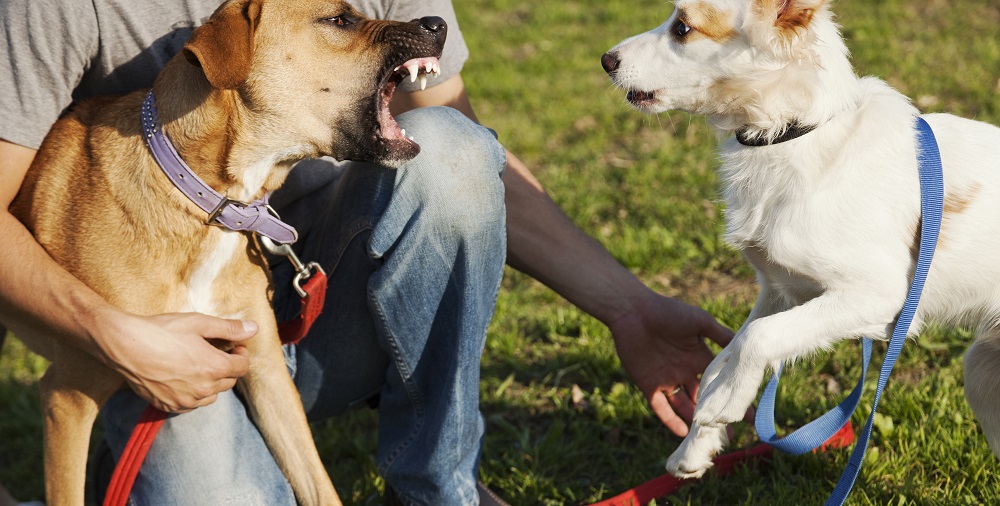In the serene tapestry of childhood, a disconcerting reality lurks – the prevalence of dog bite injuries. One innocent encounter could turn into a painful incident, highlighting the need to address a pressing concern.
Dog bites, especially concerning children, are an issue that demands our attention. So, let’s embark on a journey, not just to understand this issue but to equip ourselves with the top tips to prevent dog bite injuries for our little ones.
The majority of the time, dog bites aren’t mere accidents; they are preventable incidents that hinge on responsible ownership, understanding canine behavior, and fostering safe interactions.
Understanding the Risk
In unraveling the complexities of dog bite injuries, understanding the reasons behind canine behavior is a pivotal starting point. According to Las Vegas dog bite injury attorneys, dogs may bite due to fear, pain, territorial instincts, or a lack of proper socialization. This nuanced understanding lays the foundation for responsible ownership and proactive prevention.
Yet, the vulnerability of children amplifies the importance of this comprehension. Their petite stature, unpredictability, and lack of insight into dog behavior create a scenario where precaution becomes paramount.
It’s not about blaming specific breeds, but acknowledging the responsibility that comes with welcoming any dog into a family, irrespective of its breed.
Responsible ownership, education, and awareness transcend stereotypes, ensuring that every child can coexist safely with their canine companions.
Building Safe Interactions
Supervision becomes the cornerstone in the delicate dance between children and dogs.
Regardless of familiarity, adult presence is crucial whenever the two converge. A watchful eye can prevent misunderstandings and swiftly address any signs of discomfort or stress from either party.
Respecting canine boundaries forms the crux of safe interactions. Children should be taught to decipher dog body language – the subtle cues that indicate fear or stress. Recognizing signals like growling, cowering, or flattened ears becomes a skill that empowers children to adjust their behavior accordingly.
In the symphony of interaction, encouraging gentle hands and a calm voice becomes the melody. Rough play or abrupt movements can trigger anxiety in dogs. Teaching children the art of gentle interaction fosters a positive atmosphere, transforming every encounter into a harmonious exchange.
And a golden rule – never approach a strange dog without permission. Even seemingly friendly dogs may have their limits. Teaching children the importance of asking before approaching ensures a level of mutual respect that is fundamental in preventing unforeseen incidents.
Fostering Responsible Pet Ownership
Responsible pet ownership emerges as a guiding principle in the quest for preventing dog bite injuries. Proper training and socialization are not just luxuries; they are investments in a dog’s balanced behavior and the reduction of reactivity. Dogs, when equipped with these tools, navigate social interactions with confidence and restraint.
Creating safe spaces for dogs is an extension of this responsibility. Whether it’s a cozy crate or a designated room, dogs need retreats where they can escape stress or simply enjoy solitude.
This measure not only safeguards their mental well-being but also minimizes the potential for anxious or defensive behavior.
Open communication completes the trifecta of responsible ownership. Parents and dog owners must engage in a dialogue about potential risks and guidelines for safe interactions.
Ending Notes
As we conclude this exploration into preventing dog bite injuries among children, the threads of responsibility, understanding, and awareness weave a tapestry of safety. The journey through risk comprehension, safe interactions, and responsible ownership is not just a guide; it’s a commitment to fostering an environment where children and dogs thrive together.
Recall the key strategies unveiled in this narrative. They are not merely tips; they are pillars supporting a shared responsibility. Parents, dog owners, and children – each plays an integral role in sculpting a space where joyous interactions prevail over unforeseen incidents.
Spread awareness within your community, for knowledge is the beacon that guides us toward safer coexistence. Let every parent, every dog owner, and every child contribute to the collective effort of creating a haven where friendships between children and dogs flourish without the shadows of potential harm.

